Email marketing is one of the most effective ways to connect with your target audience and drive meaningful engagement. A well-planned email marketing strategy helps businesses nurture email subscribers, increase conversion rates, and keep existing customers engaged.
According to HubSpot, personalized email campaigns generate up to 29% higher open rates and 41% higher click-through rates than non-personalized ones. But simply sending marketing emails isn’t enough, you need the right approach to make them relevant, engaging, and actionable.
In this guide, we’ll break down 10 proven ways to build an effective email marketing strategy that keeps your marketing efforts on track.
What Is an Email Marketing Strategy?
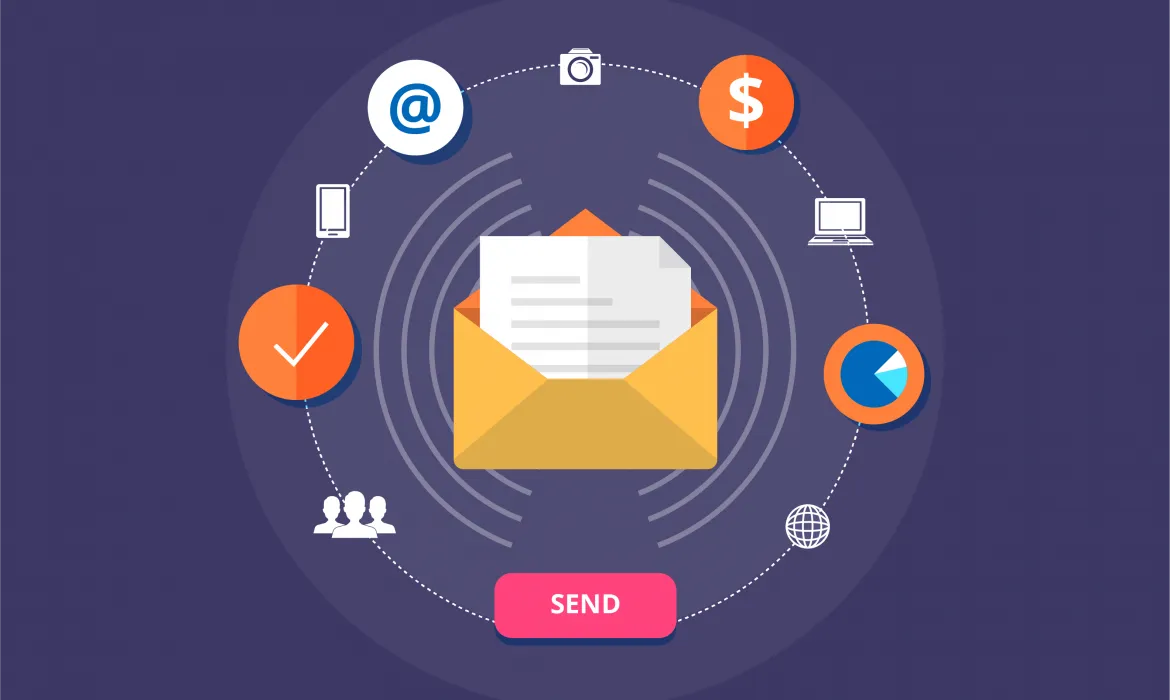
An email marketing strategy is a structured plan for using email campaigns to engage potential customers, retain existing customers, and drive more conversions. It involves crafting personalized emails, optimizing email subject lines, and segmenting the email list to ensure relevant messaging.
Businesses use marketing automation and trigger-based campaigns to send timely and highly personalized emails. A strong email marketing strategy also focuses on engagement metrics, such as open rates and unsubscribe rates, to refine future campaigns.
By integrating personalized recommendations and call to action elements, brands can create successful email marketing campaigns that align with their business goals.
Key Benefits of a Strong Email Marketing Approach
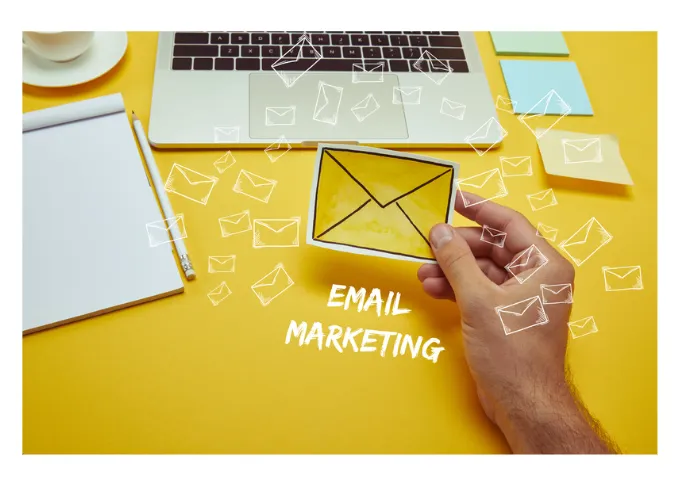
1. Increased Customer Engagement
A well-planned email marketing strategy helps businesses connect with new customers and keep existing customers engaged. By using personalized messages and email personalization, brands can send relevant content that resonates with different audience segments.
Automated emails and re-engagement campaigns ensure that inactive subscribers receive targeted follow-ups. This leads to higher interaction rates, making email marketing efforts more effective.
2. Higher Conversion Rates
Sending the right marketing campaign at the right time improves conversion rates. With email segmentation, businesses can tailor their marketing emails based on purchase history and customer behavior.
Using strong call to action elements and email templates optimized for mobile-friendly emails ensures a seamless experience across devices. Split testing different versions of email subject lines and content helps determine what drives the best results.
3. Cost-Effective Marketing Solution
Compared to other marketing channels, email remains one of the most cost-effective ways to reach an audience. Businesses don’t need large advertising budgets to run successful email marketing campaigns.
With email automation and transactional emails, companies can maintain consistent communication without extra costs. Small businesses benefit from this approach, as they can scale their marketing strategy without significant investment.
4. Better Audience Targeting
A strong email marketing strategy allows businesses to target their audience with precision. Audience segmentation based on buyer personas, customer data, and business goals helps brands send relevant content that meets specific needs.
Re-engage inactive subscribers by offering special deals or content based on past behavior. Trigger-based campaigns also improve targeting by sending emails when users take specific actions.
5. Stronger Customer Retention
Retaining regular customers is as important as acquiring new ones. Re-engagement efforts and follow-up emails help businesses stay connected with their audience. By providing personalized experiences and personalized recommendations, brands can strengthen loyalty.
Consistently delivering value through well-timed email sequences ensures that subscribers remain engaged over time.
6. Measurable and Data-Driven Insights
One major advantage of email marketing efforts is the ability to track performance. Metrics like open rates, unsubscribe rates, and engagement metrics help businesses refine their approach.
A/B testing different subject lines, layouts, and content strategy ensures continuous improvement. With access to subscriber list insights, companies can make data-driven decisions that enhance future email campaigns.
7. Improved Brand Awareness and Trust
A strong email marketing strategy helps businesses build credibility. By maintaining consistent branding across all emails, companies create familiarity with their audience.
Pre-headers, plain text options, and a well-designed landing page ensure a professional and reliable look. Engaging with subscribers regularly through social media and successful email marketing establishes long-term trust.
This approach makes email marketing an essential tool for sustainable growth while ensuring customers stay engaged and connected.
“Maximize engagement, increase conversions, and maintain high deliverability rates with Alore's Email Warm-Up feature! Stay out of spam folders and reach real inboxes."
Key Elements of a Successful Email Marketing Strategy
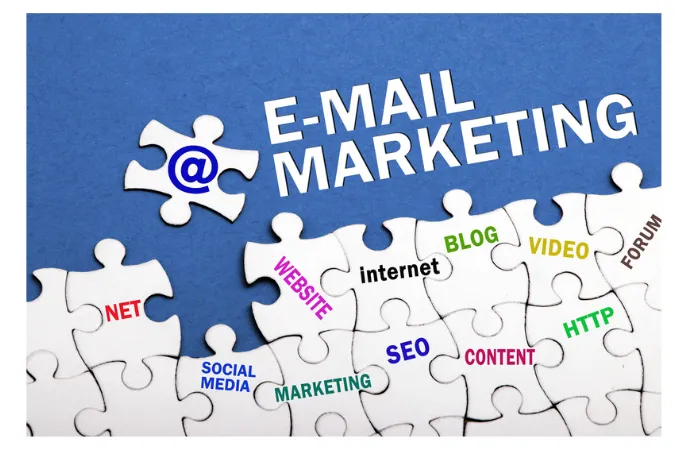
1. Clear Goals
A strong email marketing strategy begins with well-defined goals. Without clear objectives, it’s hard to measure success or improve future campaigns. Businesses should focus on what they want to achieve with each email.
- Define whether the goal is to increase engagement, sales, or brand awareness.
- Align email content with specific objectives such as lead nurturing or customer retention.
- Use insights from market research to refine messaging and approach.
2. Targeted List Segmentation
Sending the same message to everyone rarely works. Effective email marketing campaigns rely on segmentation to ensure the right people get relevant content.
- Categorize subscribers based on demographics, past behavior, or preferences.
- Use data from signup forms and email marketers to segment audiences effectively.
- Avoid outdated contacts by maintaining a clean list with email service providers.
3. Strong CTAs
A well-placed call to action (CTA) encourages recipients to take action. Whether it’s making a purchase, signing up for a webinar, or downloading a resource, CTAs should be clear and compelling.
- Keep CTAs short and action-oriented, such as “Get Started” or “Learn More.”
- Test different CTA placements to see what works best.
- Ensure CTAs are mobile-friendly for easy interaction on any mobile device.
4. Consistent Branding
Maintaining consistent branding in emails strengthens recognition and trust. Every email should match the company’s visual identity and messaging style.
- Use the same color scheme, fonts, and logos across all emails.
- Stick to a familiar tone and voice that aligns with the brand.
- Ensure consistency across platforms, including social media and other channels.
5. Optimized Send Timing
Timing plays a key role in email performance. Sending emails when recipients are most likely to engage increases email strategy effectiveness.
- Test different send times to determine the best timing for your audience.
- Consider time zones when emailing a global audience.
- Analyze open rates using email marketing tools to refine timing.
“Stop guessing the best email send times! Use Alore's Scheduling & Time Zone Optimization to send emails when your audience is most active."
6. A/B Testing
Also known as split testing, A/B testing helps determine which email variations perform best. Testing different elements can improve engagement and conversions.
- Experiment with subject lines, email layouts, and CTAs.
- Compare results and refine strategies based on what works best.
- Use insights from HTML email tests to improve email performance.
7. Compliance & Regulations
Following email regulations ensures legal compliance and improves credibility. Ignoring guidelines can lead to emails being marked as spam.
- Follow regulations like GDPR and CAN-SPAM.
- Always include an easy-to-find unsubscribe option.
- Use spam filters to check email quality before sending.
8. Well-Structured Funnels
A structured email funnel guides subscribers from awareness to conversion. Emails should be strategically planned to keep leads engaged.
- Use effective email marketing strategy techniques to move users through different stages.
- Plan automated sequences for onboarding, nurturing, and re-engagement.
- Track performance using sender reputation insights.
9. Inbox Deliverability
Emails are useless if they don’t reach inboxes. Optimizing inbox deliverability ensures emails don’t end up in spam.
- Keep email marketing tactics clean by avoiding spam-trigger words.
- Verify sender authenticity with proper authentication techniques.
- Regularly check email clients for deliverability insights.
10. Effective Follow-Ups
Following up with subscribers strengthens relationships and improves engagement. Well-timed follow-ups remind recipients to take action.
- Send follow-ups after initial emails to keep leads engaged.
- Use automation tools to send reminders or additional offers.
- Monitor increase sales trends from follow-up emails.
A well-executed email marketing strategy important ensures businesses achieve their goals while maintaining strong connections with their audience.
How to Plan and Execute High-Performing Email Marketing Campaigns?
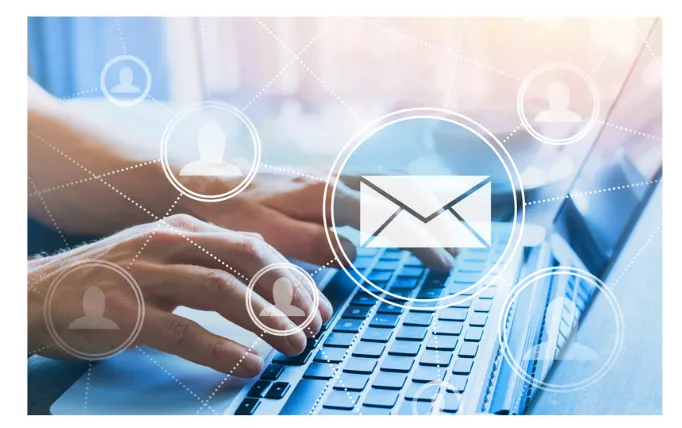
1. Define Your Campaign Objectives
Every business needs a clear purpose behind its email campaigns. Whether it's increasing sales, nurturing leads, or re-engaging inactive subscribers, having defined goals ensures each campaign has direction.
Without objectives, emails become random messages that don’t contribute to business growth.
How to Do It
- Identify the primary goal (e.g., lead generation, customer retention, or sales).
- Set measurable targets, such as email open rates or click-through rates.
- Align email content with broader marketing and business strategies.
- Ensure each email serves a specific function within your campaign.
2. Choose the Right Email Format
Different emails serve different purposes. Transactional emails, for instance, are used for order confirmations, password resets, and purchase receipts. Other formats include promotional emails, newsletters, and automated sequences.
Choosing the right format ensures your message is delivered effectively.
How to Do It
- Identify the type of email based on the campaign’s purpose.
- Use transactional emails for necessary confirmations and updates.
- Format emails for readability across different devices.
- Keep branding and layout consistent for better recognition.
3. Align Email Content with Buyer Journey
Email content should meet the recipient at the right stage in their journey. Sending promotional emails to someone who has just signed up may not be as effective as nurturing them first. The goal is to guide them naturally toward engagement.
How to Do It
- Map out the buyer journey stages (awareness, consideration, decision).
- Send educational content first, followed by offers and promotions.
- Personalize messages based on past interactions.
- Avoid pushing sales too soon—build relationships first.
4. Set Up Automated Drip Campaigns
Drip campaigns send pre-scheduled emails based on user behavior. These campaigns help keep engagement high without requiring manual intervention. They’re useful for onboarding, re-engagement, and lead nurturing.
How to Do It
- Segment email lists to tailor drip sequences.
- Schedule automated follow-ups after sign-ups or downloads.
- Track engagement levels and adjust email timing if needed.
- Include a mix of educational, promotional, and value-driven content.
5. Optimize for Engagement and Clicks
Simply sending emails isn’t enough, they must encourage action. Well-crafted emails with compelling subject lines and clear CTAs improve engagement.
Including discounts or coupon codes can also increase click-through rates and conversions.
How to Do It
- Write subject lines that create curiosity and relevance.
- Place CTAs strategically for better visibility.
- Use limited-time coupon codes to encourage quick action.
- A/B test different email elements to improve engagement.
6. Test and Refine for Better Performance
Even the best-planned campaigns need adjustments. Regular testing helps improve performance by identifying what works and what doesn’t. Tracking metrics ensures your strategy remains effective over time.
How to Do It
- Run A/B tests on subject lines, content, and layouts.
- Analyze open rates, click-through rates, and unsubscribe rates.
- Send emails at different times to find the optimal schedule.
- Adjust messaging and visuals based on audience response.
A well-executed plan ensures email campaigns remain relevant and valuable to recipients, ultimately leading to better engagement and results.
“Struggling to set up personalized, high-converting email campaigns? Let Alore Drip Campaigner handle it for you! Set up, automate, and track campaigns easily."
10 Proven Tactics for an Effective Email Marketing Strategy

1. Understand Your Target Audience
Effective emails start with understanding who you’re reaching out to. If you don’t know your audience’s needs, interests, and pain points, your emails may feel irrelevant. People open emails that add value, not just promotional messages.
How to Know Your Audience
- Conduct surveys to understand customer interests and preferences.
- Analyze past engagement to see which emails get the best responses.
- Use behavioral data to segment customers based on actions like past purchases or website visits.
- Adjust messaging based on where customers are in their buying journey.
2. The Quality of Your Content Is Crucial
Your email should give the reader a reason to care. Low-value or overly sales-focused content leads to disengagement.
Instead, focus on content that educates, informs, or entertains while keeping it concise and easy to read.
How to Create Valuable Content
- Solve a problem—give practical advice your audience can use.
- Keep it engaging—write in a conversational tone rather than corporate jargon.
- Format for readability—use bullet points, short paragraphs, and clear headings.
- Provide takeaways—ensure every email delivers value, whether it’s an insight, tip, or offer.
3. Make Your Subject Lines Relevant
The subject line determines whether an email is opened or ignored. It should be concise, relevant, and set clear expectations for the email content.
How to Write Strong Subject Lines
- Keep it under 50 characters for better readability on mobile devices.
- Use curiosity or urgency to encourage opens, but avoid misleading statements.
- A/B test subject lines to find what resonates best with your audience.
- Personalize where possible—including a first name can improve open rates.
4. Use Images Sparingly
Visuals can enhance an email, but too many images can slow load times and reduce readability. A balance between text and images ensures a seamless experience.
How to Use Images Wisely
- Use high-quality images that support your message rather than distract from it.
- Optimize image size to load quickly, especially on mobile devices.
- Ensure accessibility by adding ALT text for users who rely on screen readers.
- Avoid image-only emails since some email clients block images by default.
5. Personalize Your Content
Generic emails often get ignored, but personalization can make your messages feel more relevant.
This goes beyond just using the recipient’s name, it’s about tailoring content based on preferences and behaviors.
How to Make Emails Personal
- Use past interactions to send recommendations tailored to user behavior.
- Segment lists based on purchase history, location, or engagement level.
- Adjust send times based on when subscribers are most active.
- Address specific interests rather than sending the same content to everyone.
6. Experiment with Your Emails Before Sending Them Out
Testing different elements of your email can help improve performance. Small changes, like tweaking the subject line or CTA placement, can lead to better engagement.
How to Test Emails Effectively
- Run A/B tests to compare subject lines, CTAs, and content styles.
- Check formatting across different email clients to ensure consistency.
- Send test emails to internal teams before launching a campaign.
- Analyze response rates and adjust based on what performs best.
7. Ensure Mobile-Friendliness
Most emails are read on mobile devices, and poor formatting can lead to lost engagement. A mobile-friendly design ensures a smooth user experience.
How to Optimize for Mobile
- Use responsive email templates that adjust to different screen sizes.
- Keep paragraphs short for easy reading on small screens.
- Make CTAs touch-friendly by using buttons instead of text links.
- Preview emails on multiple devices before sending them.
8. Automate Your Emails
Automation allows businesses to maintain consistent communication without requiring manual effort. This ensures timely, relevant messages reach the right people.
How to Use Email Automation
- Set up welcome emails for new subscribers to introduce them to your brand.
- Schedule abandoned cart emails to remind users about incomplete purchases.
- Automate re-engagement emails for inactive subscribers.
- Use behavior-based triggers to send emails based on customer actions.
9. Keep an Eye on Analytics
Tracking performance helps in refining email strategies. Metrics like open rates and click-through rates indicate whether your approach is working.
How to Measure Email Success
- Monitor email open rates to understand subject line effectiveness.
- Track click-through rates to measure engagement.
- Check unsubscribe trends to adjust email frequency and content.
- Compare campaign performance over time to identify trends.
10. Avoid Spamming
Sending too many emails or irrelevant content can frustrate recipients and lead to unsubscribes or spam complaints.
Keeping emails valuable and well-timed improves long-term engagement.
How to Maintain Email Credibility
- Space out emails to avoid overwhelming subscribers.
- Ensure relevance by only sending content that aligns with subscriber interests.
- Avoid spammy words in subject lines and content.
- Make unsubscribing easy to maintain trust and compliance.
With these 10 tactics, businesses can create an effective email marketing strategy that keeps subscribers engaged, drives conversions, and builds long-term relationships.
By continuously refining content, optimizing timing, and personalizing messages, your emails will consistently deliver value to your audience.
Best Practices for Optimizing Your Email Marketing Campaigns
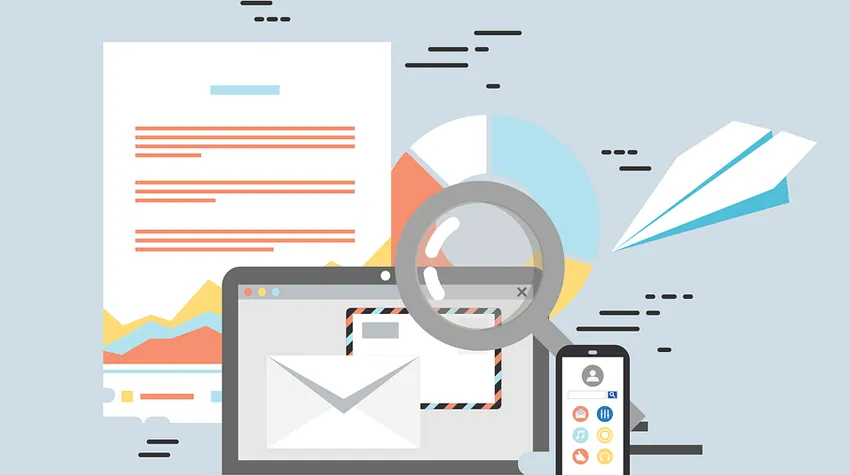
1. Write Engaging Preview Text
The preview text is the short snippet that appears next to or below the subject line in an email inbox. It gives readers a glimpse of what to expect, helping them decide whether to open the email.
A weak or generic preview text can lead to lower open rates, while an engaging one can capture attention instantly.
How to Improve Preview Text
- Keep it under 100 characters for better visibility on all devices.
- Make it an extension of the subject line rather than repeating it.
- Add a personal touch—mention something relevant to the recipient.
- Create curiosity without using clickbait.
2. Keep Your Email List Clean
A cluttered and outdated email list can hurt deliverability rates and engagement. If too many emails bounce or remain unopened, email providers may mark future messages as spam. Regularly cleaning your list ensures you’re reaching engaged subscribers.
How to Maintain a Clean List
- Remove inactive subscribers who haven’t opened emails in months.
- Use double opt-in to confirm genuine sign-ups.
- Check for invalid email addresses and correct typos.
- Segment based on engagement to send emails only to active users.
3. Use Behavioral Triggers
Behavior-based triggers help send emails at the right time, increasing relevance and engagement.
Instead of sending emails randomly, triggered emails respond to specific user actions. This makes them feel more personal and timely.
How to Set Up Triggers
- Send welcome emails immediately after a new sign-up.
- Trigger follow-ups when someone abandons a form or cart.
- Use engagement-based triggers—send reminders to users who interacted with previous emails.
- Recommend products based on browsing or purchase history.
4. Optimize Load Speed & Design
Slow-loading emails can frustrate users, causing them to close or delete the email before reading.
A well-designed email should load quickly, be visually appealing, and remain readable on all devices.
How to Improve Load Speed & Design
- Use lightweight images that load instantly.
- Limit the number of elements to avoid clutter.
- Stick to a simple layout that prioritizes readability.
- Ensure emails work on both dark and light mode settings.
5. Ensure Email Accessibility
Not all email subscribers interact with emails in the same way. Some users rely on screen readers, while others may have visual impairments.
Making emails accessible ensures all recipients can engage with the content.
How to Improve Accessibility
- Use descriptive ALT text for images.
- Write clear and structured content that’s easy to follow.
- Ensure high contrast between text and background colors.
- Provide text-based alternatives for key visuals or buttons.
6. Add Dynamic Content
Static emails feel generic, but dynamic content makes emails more relevant by adjusting based on user data.
This allows each subscriber to receive a slightly different version of the same email.
How to Use Dynamic Content
- Personalize subject lines with the recipient’s name.
- Change product recommendations based on past behavior.
- Show location-specific offers for targeted messaging.
- Adjust content based on subscriber interests.
7. Segment by Engagement
Not all subscribers interact with emails the same way. Some open every email, while others barely engage.
Segmenting by engagement levels helps send more relevant content to each group.
How to Segment by Engagement
- Identify high, medium, and low engagement subscribers.
- Send exclusive content to highly engaged users.
- Re-engage inactive subscribers with a targeted offer.
- Adjust email frequency based on user activity.
Applying these best practices ensures emails are relevant, engaging, and accessible to all recipients.
By optimizing key elements like preview text, design, and segmentation, businesses can create more effective email marketing campaigns that drive meaningful interactions.
The Role of Email Marketing in a Multi-Channel Marketing Strategy
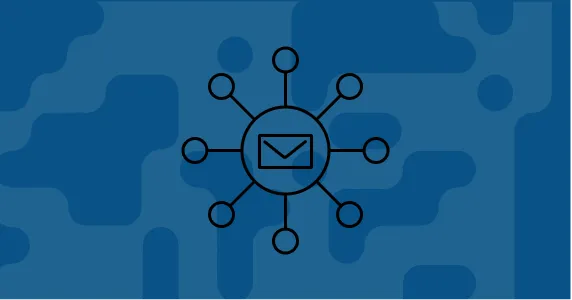
Email marketing works best when combined with other communication channels. It helps businesses stay connected with their audience while complementing efforts on social media, websites, and paid ads.
A well-planned email strategy ensures consistent messaging across different platforms, reinforcing brand awareness and customer engagement.
How Email Marketing Fits into a Multi-Channel Approach
- Strengthens customer relationships by providing direct and personalized communication.
- Supports social media efforts by sharing blog posts, promotions, or event invitations.
- Drives website traffic by linking to product pages, landing pages, or exclusive content.
- Enhances customer service through automated responses and follow-ups.
- Improves campaign performance by integrating with retargeting ads and CRM tools.
Email marketing serves as a reliable touchpoint that keeps brands connected with their audience, ensuring engagement beyond a single platform.
How to Avoid Spam Filters and Improve Your Email Deliverability

Getting emails into the inbox instead of the spam folder is essential for a successful email campaign.
Spam filters flag emails that seem suspicious, contain too many promotional elements, or come from unverified sources.
Improving email deliverability ensures messages reach the intended audience without being blocked.
Ways to Improve Deliverability
- Use a verified sender address to establish trust with email providers.
- Avoid spam-trigger words like "free money," "act now," or "limited-time offer."
- Keep a balanced text-to-image ratio so emails don’t appear overly promotional.
- Send emails from a recognizable domain instead of a free email service.
- Regularly clean your email list by removing inactive or invalid addresses.
- Provide an easy unsubscribe option to prevent spam complaints.
Focusing on email quality, sender reputation, and list maintenance helps improve deliverability and ensures emails land in the inbox.
“Worried about emails landing in spam? Use Alore’s Email Warm-Up & Domain Health Checker to maintain a strong sender reputation and land in the inbox!"
Tracking and Measuring Your Email Marketing Strategy for Better Results
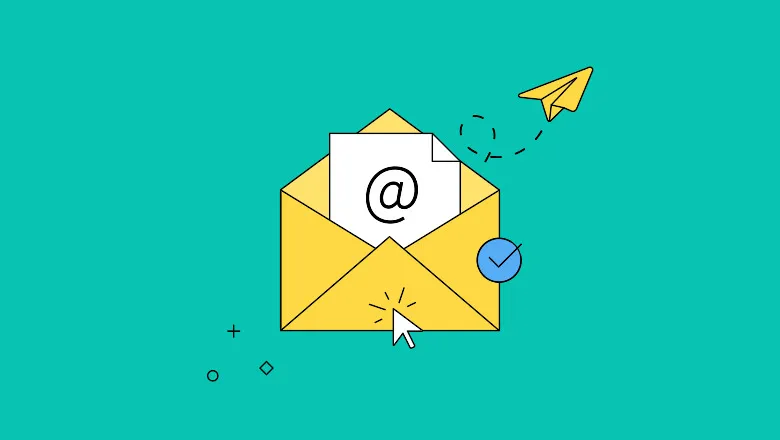
Monitoring and analyzing your email marketing performance helps improve engagement, deliverability, and conversions. Without tracking the right metrics, it’s difficult to understand what’s working and what needs improvement.
Each email campaign should be evaluated based on data-driven insights to refine future strategies.
1. Monitor Open and Click-Through Rates
Open rates show how many recipients opened your email, while click-through rates indicate how many engaged with the content by clicking on links. Both metrics provide insight into subject line effectiveness and content relevance.
How to Improve Open and Click Rates
- Write compelling subject lines that spark interest.
- Use engaging preview text to encourage email opens.
- Place links strategically within the email to drive clicks.
- Test different formats to see which drives better engagement.
2. Track Conversion and Bounce Rates
Conversion rates measure how many recipients take the desired action, such as making a purchase or signing up for a webinar. Bounce rates, on the other hand, indicate how many emails couldn’t be delivered due to invalid addresses or inbox issues.
How to Optimize Conversions and Reduce Bounces
- Ensure emails lead to clear, relevant landing pages.
- Keep forms and CTAs simple to make conversion easy.
- Clean your email list regularly to remove invalid addresses.
- Use double opt-in to confirm email authenticity before sending.
3. Analyze Subscriber Engagement
Understanding how subscribers interact with emails helps identify which types of content resonate most. Engagement metrics include how long users spend reading an email and whether they interact with links or attachments.
How to Increase Engagement
- Segment subscribers based on interests and past behavior.
- Personalize email content to match audience preferences.
- Send re-engagement emails to inactive subscribers.
- Experiment with different email formats to see what works best.
4. Measure ROI and Revenue Impact
Email marketing should contribute to business growth, making return on investment (ROI) a critical metric. Tracking revenue impact helps determine how much value email campaigns generate compared to the cost of running them.
How to Measure ROI Effectively
- Track revenue generated from email-driven sales.
- Compare costs of email marketing tools versus the income generated.
- Analyze customer lifetime value to see long-term email impact.
- Measure repeat purchases from email campaigns.
5. Use A/B Testing Insights
A/B testing helps optimize email performance by comparing different versions of subject lines, layouts, CTAs, and content. Testing ensures data-backed improvements rather than assumptions.
How to Conduct A/B Tests
- Test one variable at a
- time to identify what influences engagement.
- Compare different subject lines to find the most effective wording.
- Experiment with email layout to improve readability.
- Analyze test results before applying changes to future emails.
6. Monitor Unsubscribe and Spam Complaints
High unsubscribe rates or frequent spam complaints signal issues with content, frequency, or targeting. Keeping these numbers low ensures better audience retention and sender reputation.
How to Reduce Unsubscribes and Complaints
- Send relevant content tailored to the subscriber’s interests.
- Limit email frequency to avoid overwhelming recipients.
- Make the unsubscribe process simple rather than hiding it.
- Use feedback surveys to understand why people opt out.
7. Leverage Heatmaps for Click Tracking
Heatmaps provide a visual representation of where recipients click most within an email. This helps identify which elements attract the most attention and which areas need improvement.
How to Use Heatmaps for Optimization
- Place CTAs in high-engagement areas based on heatmap data.
- Test different button placements to maximize clicks.
- Use contrasting colors to draw attention to important links.
- Refine email layout based on how users interact with content.
Tracking and measuring email marketing performance ensures campaigns remain effective and aligned with business goals.
By analyzing the right metrics and making data-driven improvements, businesses can increase engagement, improve deliverability, and drive meaningful results.
Conclusion
Creating an effective email marketing strategy takes planning, consistency, and a focus on what your audience values. It’s not just about sending emails, it’s about building relationships, delivering useful content, and making every message count.
By refining your approach, testing what works, and staying responsive to subscriber needs, you can improve engagement and results over time. Small adjustments, like clearer subject lines or better timing, can make a big difference.
Keep experimenting, keep learning, and most importantly, keep your emails relevant. The more thoughtful your strategy, the more meaningful your connections will be.

.webp)



.png)
.jpg)

